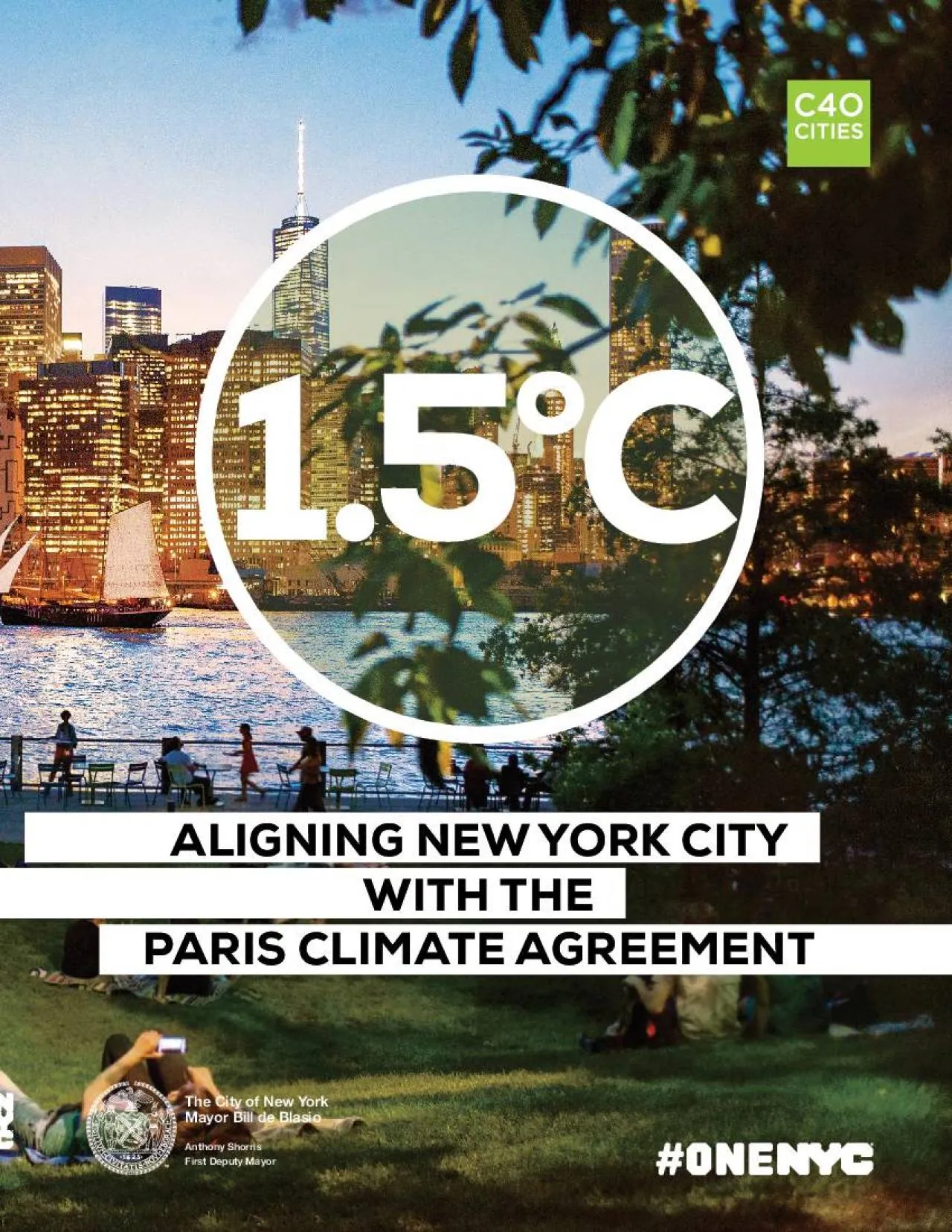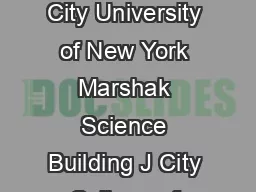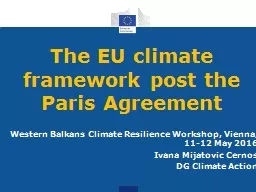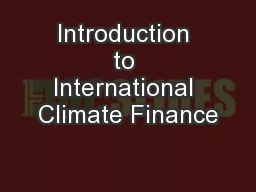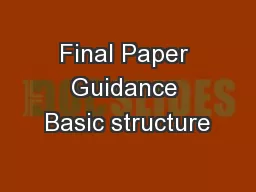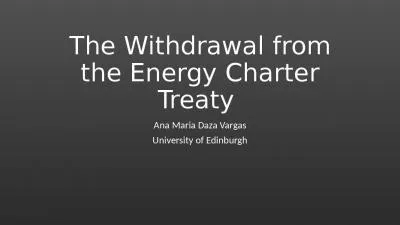PDF-15C Aligning New York City with the Paris Climate Agreement
Author : blanko | Published Date : 2021-10-06
is published pursuant to Executive Order 26 of 2017 This document was produced by the New York City Mayor146s O29ce of Sustainability2 ContentsINTRODUCTION5NYC146S
Presentation Embed Code
Download Presentation
Download Presentation The PPT/PDF document "15C Aligning New York City with the Pari..." is the property of its rightful owner. Permission is granted to download and print the materials on this website for personal, non-commercial use only, and to display it on your personal computer provided you do not modify the materials and that you retain all copyright notices contained in the materials. By downloading content from our website, you accept the terms of this agreement.
15C Aligning New York City with the Paris Climate Agreement: Transcript
Download Rules Of Document
"15C Aligning New York City with the Paris Climate Agreement"The content belongs to its owner. You may download and print it for personal use, without modification, and keep all copyright notices. By downloading, you agree to these terms.
Related Documents

